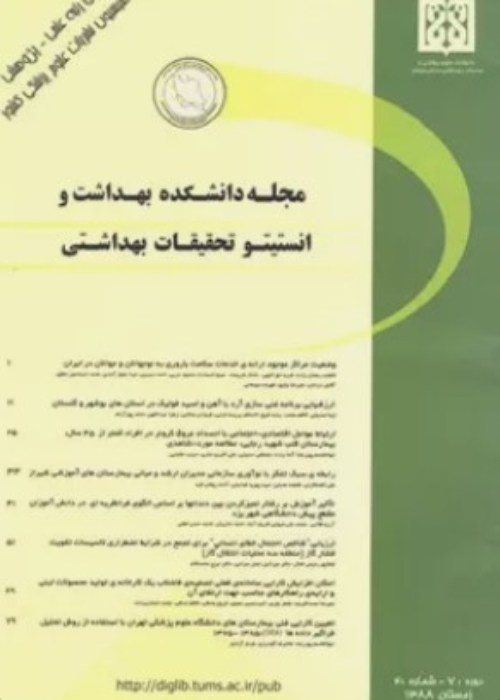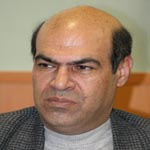Disease-Free Survival of Postoperative Gastric Cancer Patients: A Competing Risks Analysis
Many researchers have studied survival (time to death) of gastric cancer patients. Although gastric cancer diagnosed in early stages can be cured by surgery, chance of relapse still exists after operation. Hence, we should consider both events, that is, relapse of the disease and death, in order to be able to make a more precise estimation for survival of the patients. The purpose of this study was to use the competing risks method to estimate the cumulative incidence functions (CIF) of the relapse of disease and death and consequently to estimate the postoperative disease-free survival.
A total of 330 patients admitted to Iran Cancer Institute and operated between March 1995 and March 1999 were enrolled in the study. They were followed up for at least 5 years to estimate their 5-year disease-free survival. Information on their demographic, clinical, and therapeutic characteristics, as well as on the type and time of occurrence of the first event (relapse of disease or death) after surgery was collected from their medical records. The direct parametric method was applied to estimate CIFs of relapse of the disease and death, while to adjust the effects of some covariates the parametric regression model was used. Data analysis was done using the R software and a p-value <0.05 was considered statistically significant. The findings were compared with the results obtained on the basis of data analysis in which the competing events were not considered.
The median follow-up time was 37.9 months. Of all the patients 13% experienced relapse and 60.9% death as the first event after surgery. The CIFs of relapse of disease and death 5 years after operation, with due consideration of covariates, were estimated at 11.0% and 68.6%, respectively. Age, stage of disease, and complementary treatment were statistically associated with the CIF of death, while only complementary treatment was related to the CIF of relapse. Older patients and those in more advanced stages of disease were more likely to die after operation. Moreover, while complementary treatment after operation decreased the CIF of relapse of disease, it increased the CIF of death. The disease-free survival of patients 5 years after surgery was 20.4% (considering the effects of some covariates).
The competing risks method is recommended for analyzing survival data because of its capability in considering different events and, therefore, making it possible to make more precise estimations. By using this method, considering smaller variance estimates for model parameters and also narrow confidence intervals for the cumulative incidence functions of competing events, it is expected to obtain more precise results. Unfortunately, the results have revealed that the disease-free survival of gastric cancer patients is low in Iran.
- حق عضویت دریافتی صرف حمایت از نشریات عضو و نگهداری، تکمیل و توسعه مگیران میشود.
- پرداخت حق اشتراک و دانلود مقالات اجازه بازنشر آن در سایر رسانههای چاپی و دیجیتال را به کاربر نمیدهد.



